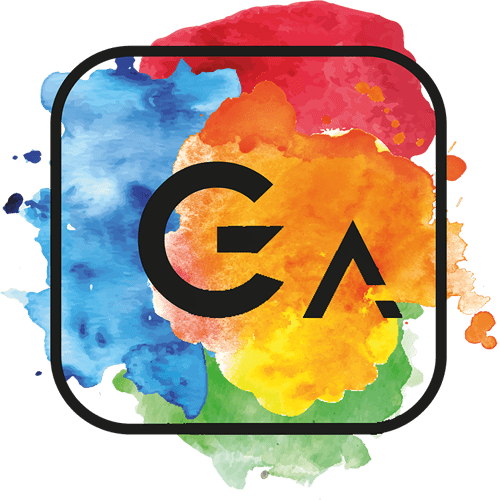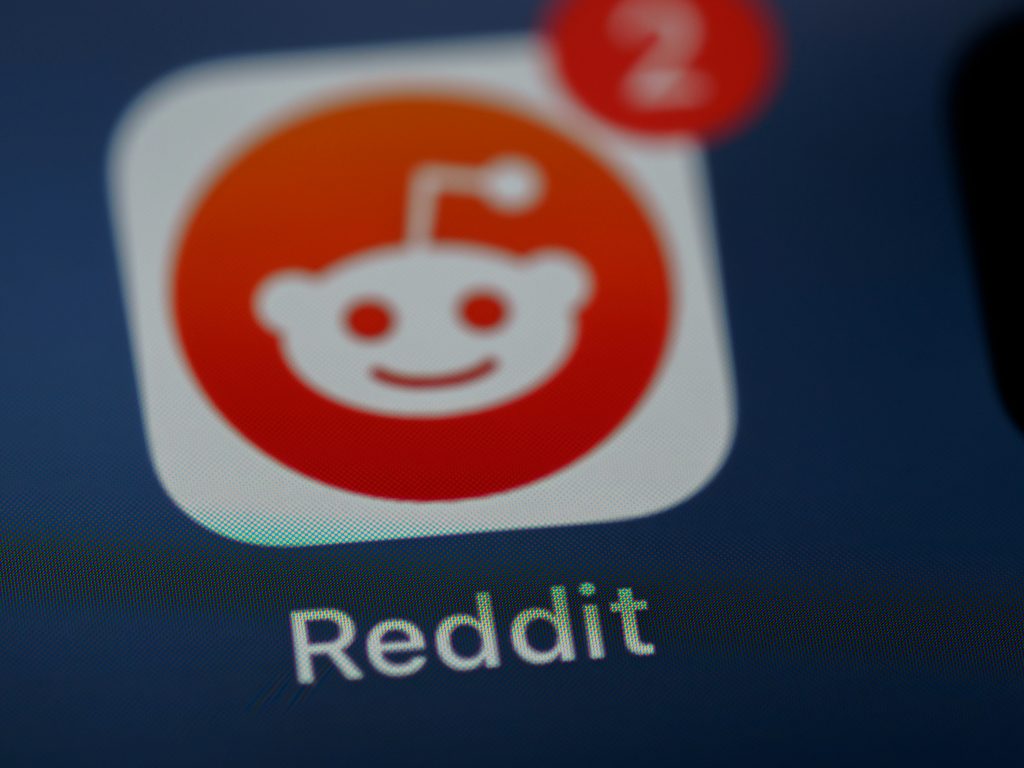Later this month, the highly anticipated Google I/O event takes place.
Google I/O is an annual developer conference held by Google. It launched in 2008 and has since become one of the biggest tech events of the year, attracting thousands of attendees from all over the world.
The conference is aimed at developers who are interested in Google’s platforms, products, and technologies. Google I/O typically includes keynote presentations, technical sessions, workshops, and demonstrations of new and upcoming products and services.
Launching an app at Google I/O can be a strategic move for developers looking to generate buzz, take advantage of new technologies, and connect with other professionals in the industry.
But a common mistake is to assume launching at Google I/O is enough effort into PR and Marketing the App. There is much more app founders and developers should consider when it comes to PR and Marketing. We spoke with Gallium Ventures’ founder Heather Delaney and marketing consultant Hem Chauhan about what App businesses should be doing in order to maintain their momentum through their PR and marketing efforts. Here’s what they had to say:
Is PR and marketing for an app different to marketing or conducting PR for a product / service?
HD: The purpose of both PR and marketing for an app is to convince people to click and download that product, instead of walking into a store and purchasing a product. Because of this, whether it’s a freemium or a paid for subscription of an app, the conversion needs to be smooth. This means all activities have to be direct, without friction and engage the consumer quickly in order to gain the download while attention is high while a physical product can often require more thought behind the purchase due to the cost, availability, location of sales, delivery time, and whether it is compatible with current products. All of these therefore need to be considered with physical products where an app does not.
HC: And making them click onto the app time and time again – whether that’s for utility or fun. Retention has to be an in-built aspect to the strategy because you want people to use the app again and again, so you need to think beyond acquisition for long term growth.
How can founders leverage PR and Marketing if they are still developing a viable app and seeking funding?
HD: The PR and marketing approach will differ based on the stage a product is at and what the end goal of the company is. Should a company be at the early stage and they’re looking for fundraising, any efforts should be with this in mind in order to build interest with VC, angel investors and those being approached for funding. Compare this to a company interested in building user numbers will need more review style media in order to generate interest in customers with marketing taking the same approach. Often by showcasing a large and regularly engaged audience founders will use this as a proof point for investors meaning all PR efforts will need to keep user engagement in mind across activities.
HC: Once they’ve, you know, made their fundraise and they’ve produced a good product, then the PR and Marketeting strategy changes. The app should then go into top lists, magazines and newspapers and it becomes all about the downloads and building the community because at the end of the day, investors will be thinking of one of two things: one is either selling and an exit strategy or the other one is continuing to build the company and expand whatever it is their product or service does.
What are the first PR and Marketing steps an app business should take?
HD: My advice is to backwards to what your end goal is. So if you want to sell up an exit, who do you want to sell to, where they are based, what makes you different, what makes you special? And then moving from there, how can you push that out in the public space. Perhaps it’s what will make you different, or a good opportunity for another company to buy you. A lot of that is based on the users that you have, in which case ad spend and marketing should be generating as many people as humanly possible. Or maybe it’s about saying that you are the David vs Goliath and you’re innovating faster or you know it’s the AI behind it that is the reason to buy. This is what should be the PR story.
HC: That story is the foundation of the strategy. Having that strategy in place is crucial, and really it should marry up with the business plan. Only then can you create a PR and Marketing strategy that actually delivers what the business needs.
What’s your advice when developing the PR and Marketing strategy for the app?
HD: Build it on the App’s differentiator. What makes it stand out against competitors? What makes the App innovative? That element needs to be at the heart of the PR narrative.
HC: Audience definition is a crucial element of the PR and Marketing strategy. Without that defined audience, you could waste a lot of time and money on a PR and Marketing strategy that doesn’t go anywhere.
HD: It’s not enough to say we want to target Germany or the US, and it has a population of X many millions of people and we’re targeting women. That is half the population. The target audience needs breaking down. Who is the audience? Where are they? Are they on Instagram? Are they looking at things on YouTube? Are they reading things in the newspaper? Are they reading Vogue magazine? Understanding the audience is actually going to drive the business. Any investor if you go into a deck and it says “our audience is 30 million people” it breeds doubt, so instead I advise knowing your target audience really well and focus on proving conversion within that audience.
Should an app’s PR and Marketing strategy be dependent on its industry?
HD: Not strictly the industry but the strategy should depend on the messaging required for the conversations you want to have with your target market. For example a banking app, then they have to be seen seriously as they have to be talking about security and privacy. Whereas a fashion app is talking about fashion trends and how they’re in touch with the fashion industry. They’re less interested in privacy and security so it’s not necessary to make that part of your strategy.
HC: Branding also plays a part in this, because your messaging and your industry have an impact about how your target audience perceive you. You need to stand out from the crowd, but your brand still needs to “fit” the industry. It’s a fine balance and a lot of nuance with lots of moving parts and dependencies. Storytelling becomes a key aspect of the branding work as well as the PR and Marketing strategy.
How does the product development process work in relation to the PR and Marketing strategy?
HC: It is crucial for there to be a PR and marketing lens on product development. For example UX is key, because it has a huge impact on retention and usage. Once you get those users you want to hold onto them, otherwise it’s a waste of the investment you’ve made – both in time and money.
HD: Absolutely, downloads are just half the battle. You need to capture and maintain a user’s attention over a long period of time. You must keep your eye on the ball from acquisition into loyalty. Obviously, a banking app people use, because they have to use the banking app regularly. But if it’s a gaming app, you only have their attention for so long so you constantly have to innovate and add more things to keep people interested. Those innovations form a bit part of the PR story we need to tell, to continue acquiring users as well as keeping users engaged, informed, and interested in the app’s features and updates
With journalists, innovation is particularly important because they are taking the perspective of the consumer, but a very, very knowledgeable consumer who specialises in that app’s sector. Selfishly, as the PR, we know that the journalists that we’re working with are going to give it a poor rating or they’re not going to be interested in it because it’s not doing anything innovative or different from competitors. So it is really important to have feedback from your PR marketing team because they’ll have wider industry in sight because they’re constantly reviewing your competitors over and over and over again to see what they’re doing.
HC: It’s also worth considering how you’d use loyal or key consumers and journalists for your product development plan. It’s an objective, expert viewpoint. Doing product development well will also be incredibly valuable for building brand reputation. With so many apps available, users are more likely to choose apps with a good reputation. Effective PR and marketing can help app brands build and maintain a positive brand reputation.
Should an app wait until it’s launched before doing any PR and Marketing activity?
HC: This is a tough one! So much of it boils down to the type of app and what else we have to say about it. You don’t want to make people wait too long until they can have access, so really it depends on the timeline for the app build. You don’t want to frustrate or upset potential users by making them wait for too long, and then having to put out comms with bad news. While you’re waiting for the app to be launch-ready, focus on making the brand as robust as possible, get your ducks in a row and have a very clear marketing plan, which includes all the key channels. Also get your marketing operations and marketing infrastructure sorted, get the systems to connect and implement a CRM system to help you manage your user base.
HD: Waiting for an app to be ready is important because journalists want to experience the app before writing about it – especially if it’s a new app. You can always grant some exclusive access, but it’ll likely have limitations and won’t be fully functioning. There’s only so much you can ask them to imagine. In the past we’ve given journalists beta apps to test and it’s great because they can give feedback and really good insight. I would only let clients do this when the app is 98% of the way there, and in most circumstances, it’s best to give journalists a fully fleshed out finalised version of an app to try.
You could try regional launches of the app to test functionality and get feedback from journalists. This will help you optimise the product and the PR pitches to get a higher success rate when you launch into big, key markets.
Is it worth considering how users and journalists will experience the app and the brand when you launch?
HD: Beyond the app experience, you should think about the holistic experience of the app and the brand. Standing out of the crowd and doing something interesting and creative can be hugely engaging. An experiential activation like an event or installation creates a great talking point. You could also craft a physical touchpoint – like something small to send to a journalist so they feel more connected to the app.
HC: Doing something different is a great way to increase visibility. With millions of apps available, creating brand awareness really will help you stand out from the competition. But ultimately, the most effective PR and marketing strategies require a comprehensive approach that leverages different channels and tactics to reach the right audience at the right time.
As you can see, there is much to consider when it comes to PR and marketing for your App. If you’re looking to boost your app’s visibility and attract more users, our PR and marketing services can help. We specialise in creating effective strategies that help apps gain traction and stand out in a crowded market. Whether you need help with media outreach, or marketing strategy and campaigns, we have the expertise to help you succeed.
Contact us today to learn more about our services and how we can help your app reach its full potential.
If you’d like to know when Google I/O and other major tech events are taking place, check out our event calendar here.





